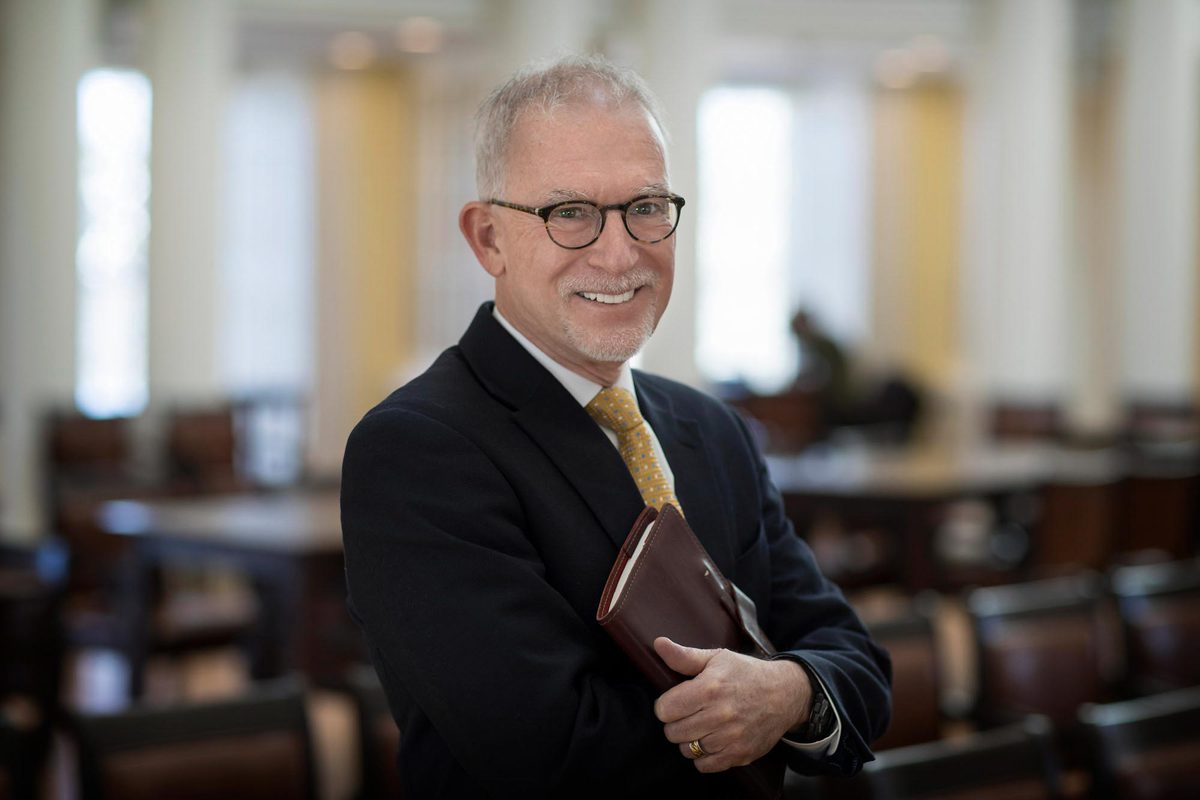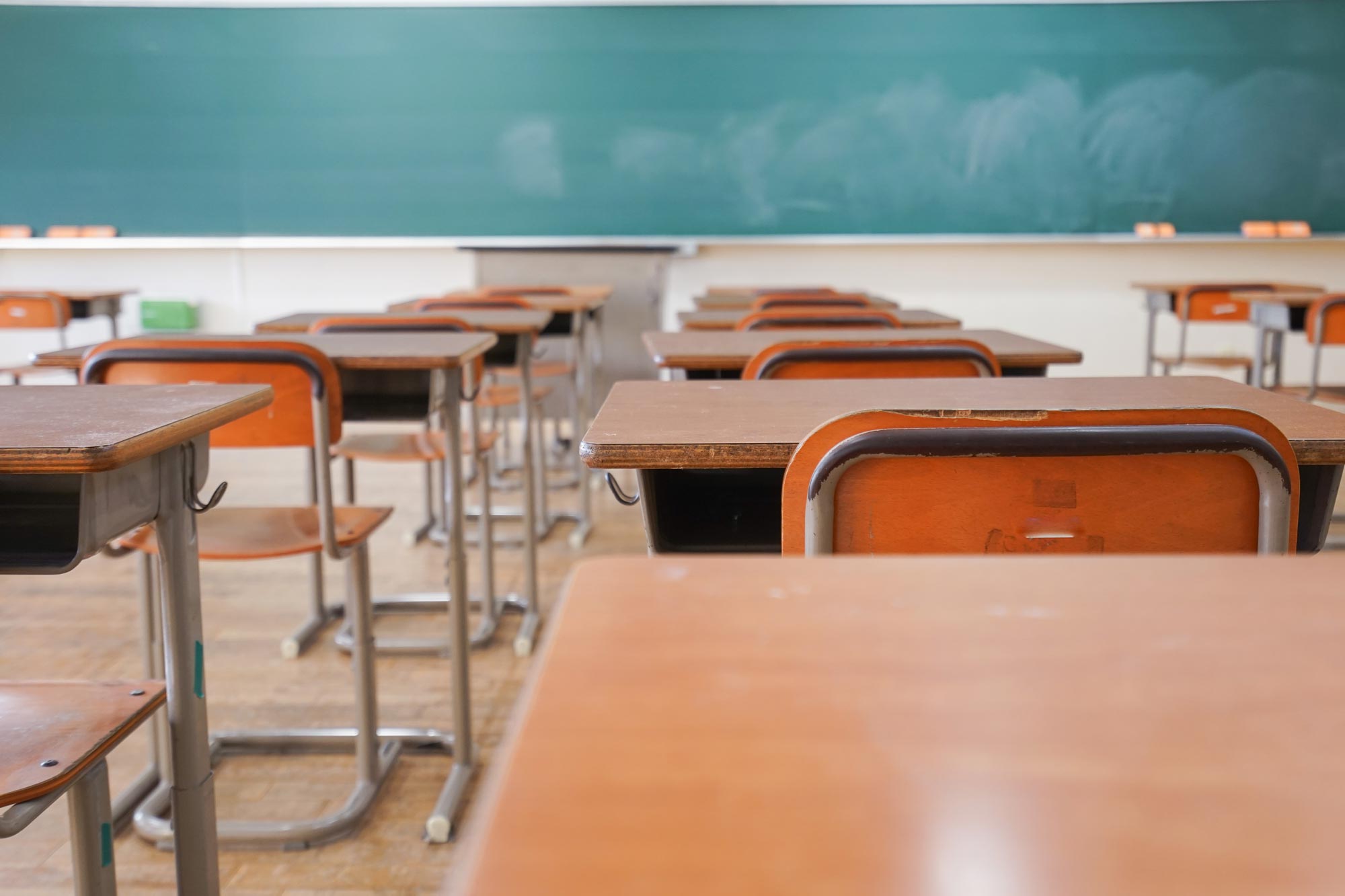The COVID-19 pandemic has brought a wide array of difficulties for students around the world. One of the most devastating has been the absence of millions of children from formal schooling.
On Friday, Bob Pianta, dean of the University of Virginia’s School of Education and Human Development, will join education experts from 25 countries for a global summit to launch a multi-society initiative aiming to find and reengage these students into school.

The summit, The Worldwide Commission to Educate All Kids Post-Pandemic, will be hosted by the Canadian-based Institute for 21st-Century Questions. Leading up to the summit, we talked with Pianta about the crisis of students who have gone missing from formal schooling.
Q. What do we know about students who have fallen off the grid entirely?
A. We all know this is a problem, and that it’s a big problem. We also know that there are no accurate estimates for how many students have completely fallen through the cracks and simply are not attending school in any form.
The fact that we don’t have an estimate itself suggests why this is such a concern. In most countries the problem isn’t even being tracked, and so we have to look for indirect indicators of its magnitude.
By some estimates, the number of missing students could be as high as 50% in some U.S. school systems, based on whether students log in to online classes or show up at school. These rates will most certainly vary by location and a number of other factors, including the age, developmental, racial, economic and educational status of the student, as well as resources provided by the school and community. So this is both a very local challenge and a global challenge simultaneously.
Q. There are a number of conversations happening around learning loss caused by the pandemic. How do these children factor into that conversation? Are they included? Should they be focused on uniquely?
A. We would expect that learning loss is a notable concern for these students, but it’s only one of many that collectively point to this group as uniquely in need. There are clear indications that mental health, motivational challenges, risky behaviors, lack of supervision, alienation and academic failure are all co-morbidities for these students. These additional needs are notable, on top of learning loss; therefore, any efforts to address these students’ needs must be comprehensive and services must be integrated and intensive.

Bob Pianta is dean of the University of Virginia’s School of Education and Human Development. (Photo by Dan Addison, University Communications)
Given the depth, scope and nature of these students’ collective challenges and their disconnection from education and other services, a big issue is whether or how these students can smoothly be re-integrated into an education system that is likely to have few appropriate programming options available to them. There is concern that they may be permanently disconnected from education systems, which brings major concerns related to all the downstream negative consequences for them and for society.
Q. From a global perspective, this is a phenomenon that has occurred for a variety of reasons (war, violence, poverty). How has the COVID-19 pandemic brought this problem into focus, and how might that affect learners around the world now and in the future?
A. COVID has certainly brought this issue to the fore. It is true that in many countries, enrollment in education is often highly varied and many eligible students do not attend. COVID has increased this challenge in those countries and has introduced this challenge into other countries, such as the U.S., in a way in which we have not had to attend before.
I suspect that countries like the U.S., for which this is a new or unprecedented issue, will be humbled by the ideas and resources that their counterparts may bring to the discussion. This is just one more way in which COVID has exposed the vulnerabilities of our public education systems.
Q. Education systems differ significantly across the U.S. and certainly from country to country. What is the value of a commission like this, both for global education efforts and also for local school divisions?
A. A global commission, first and foremost, can call attention to this issue and mobilize additional attention, policy and resources. Awareness is the first step in taking responsibility for a solution, and the commission’s first job is awareness and description. The commission can also convene and network interested parties to identify and share solutions.
Q: It sounds like the solutions for these students are complex. Where do you suggest we begin, here in the U.S.?
A. A starting point can be to mobilize resources in local communities (parents, community agencies, health providers, schools) to gather data on the number of students who may fall into this gap. This would at least get a rough estimate of what these communities face in terms of efforts to re-engage and program for them. This is a task that could be helped greatly by resources to state and local governments envisioned in federal COVID relief packages.
Second, state and local school systems, which have understandably been preoccupied with questions of in-person and online offerings this academic year (many of which remain unresolved), have to start planning now how to use time in the months between now and the fall opening of school to reorient their programming to the needs of students as a consequence of the pandemic. This likely means planning for year-round schooling; programming for students’ relational, social and emotional needs; and further individualization of the curriculum in an effort to engage students at their current skill levels.
With respect to students who have disengaged from school, we likely need to staff up at the community level to locate them and draw them toward educational and developmental experiences that reflect a different approach to “education” than is typical, one that reflects a deeper and more informed understanding of their experiences and needs.
Q. What does it mean for you to be a part of this global commission?
A. First, it’s an honor to be part of a worldwide effort on behalf of supporting students in need. This is such a critical problem, of which I believe governments are either ignorant, avoidant or failing to address. And it has such negative consequences for millions of youth worldwide.
It is also the kind of concern that points out the incredibly important role and value that public education systems have in societies. Strengthening our collective responsibility for public education has been a focus of my thinking for some time and something I believe must be re-energized in this country if we are going to successfully face the challenges of inequality, civil society and successful social and economic development.
Media Contact
Article Information
February 9, 2021
/content/qa-global-effort-find-students-who-have-disappeared-during-covid-19

